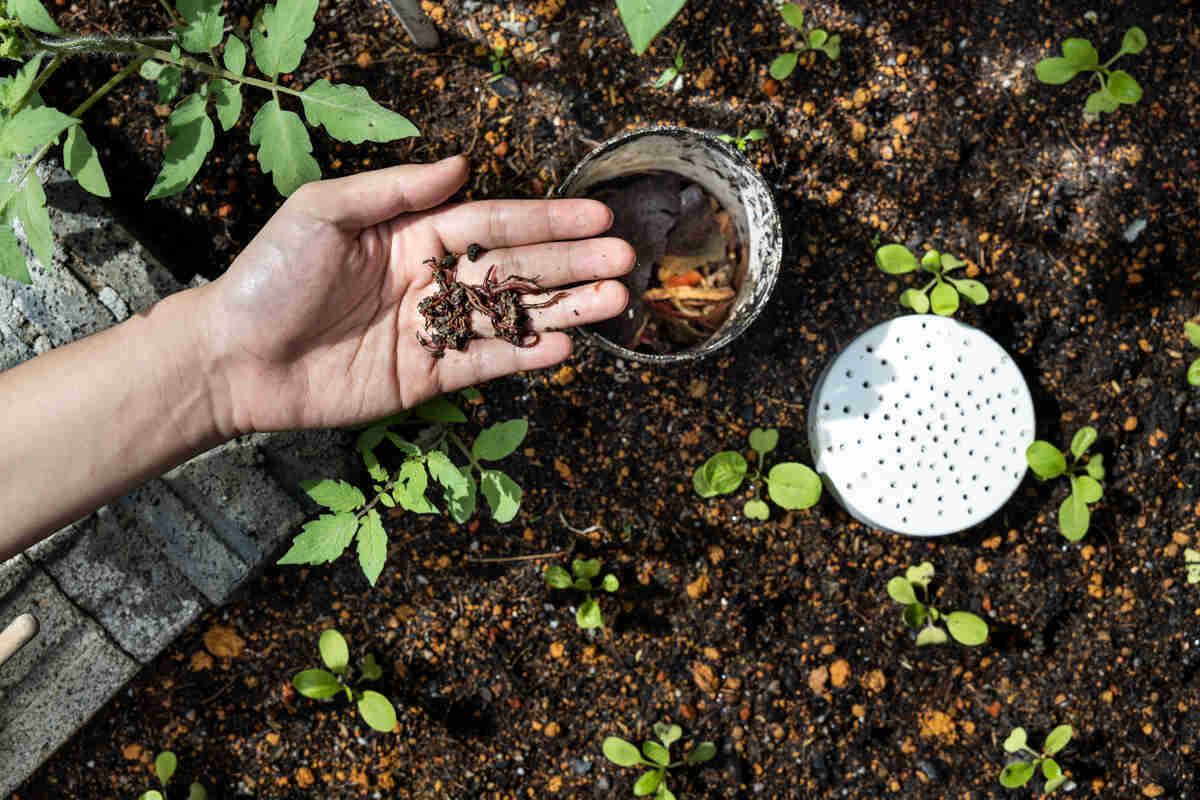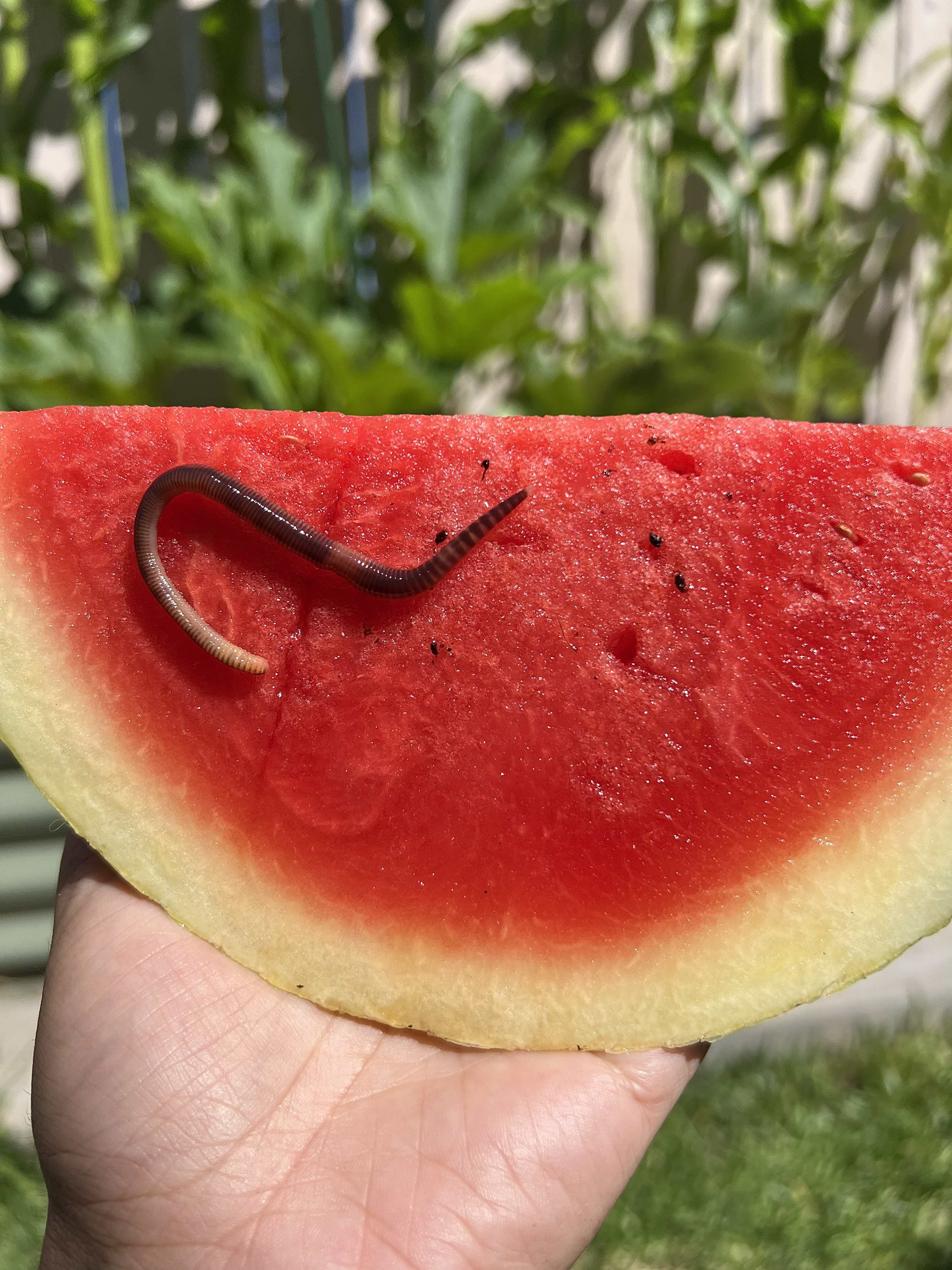Unlock the Advantages of Red Wiggler Composting for Your Organic Garden
Unlock the Advantages of Red Wiggler Composting for Your Organic Garden
Blog Article
Using the Power of Red Wiggler Composting: An In-Depth Appearance at the Environmental and Agricultural Perks of This Natural Waste Decrease Method
The practice of red wiggler composting represents a compelling crossway of ecological stewardship and farming innovation, offering a sustainable service to the expanding obstacles of waste monitoring and dirt degradation. Through the natural process of vermicomposting, organic waste is changed right into a beneficial source that not just improves dirt yet additionally adds to a substantial decrease in land fill payments and greenhouse gas exhausts. As we discover the complex advantages of this approach, we reveal exactly how it can improve agricultural methods and advertise ecological awareness, prompting a closer examination of its possible influence on our areas and ecological communities.
What Are Red Wiggler Worms?
Red wiggler worms, medically referred to as Eisenia fetida, are a types of earthworm particularly adjusted for composting and natural waste malfunction. These worms flourish in the nutrient-rich atmosphere of breaking down raw material, making them optimal for vermicomposting systems. Expanding to a length of around three to 4 inches, red wigglers are characterized by their reddish-brown pigmentation and distinct banding patterns along their bodies.
Unlike other earthworm species, red wigglers favor to populate the upper layers of dirt and organic debris, where oxygen degrees are higher and food sources are abundant. Their physical adaptations allow them to process organic products effectively; they possess a strong gastrointestinal system that enables them to transform waste into nutrient-rich castings, commonly referred to as "black gold" in horticulture and agricultural contexts.
Eisenia fetida plays a critical duty in the community by facilitating the decomposition procedure, improving soil framework, and promoting microbial activity. Provided their special attributes and ecological importance, red wiggler worms have actually become a central component in lasting waste management techniques and organic gardening initiatives, contributing significantly to ecological health and wellness.
Advantages for Dirt Health And Wellness
The inclusion of red wiggler worms in composting systems supplies considerable benefits for dirt health. These worms play a critical function in the disintegration procedure, breaking down raw material into nutrient-rich vermicompost. This natural plant food enhances dirt water, oygenation, and framework retention, adding to an extra favorable environment for plant growth.
Vermicompost is rich in vital nutrients such as phosphorus, nitrogen, and potassium, which are crucial for plant advancement (Red Wiggler Composting). The existence of helpful bacteria in vermicompost additionally promotes dirt wellness by boosting vitamins and mineral availability and reducing soil-borne microorganisms. This dynamic interaction cultivates a durable soil ecosystem that supports lasting agricultural practices
Additionally, red wigglers promote the development of humus, a steady natural matter that enhances dirt fertility and durability. This increased organic content not only improves dirt structure but likewise enhances its ability to withdraw carbon, alleviating environment adjustment effects.
Integrating red wiggler composting into farming systems can, as a result, lead to much healthier soils, higher crop yields, and boosted sustainability. Consequently, welcoming this all-natural waste decrease technique can yield extensive benefits for both the setting and agricultural performance.
Effect On Waste Decrease
Integrating red wiggler worms right into composting systems substantially reduces waste, changing organic products that would certainly otherwise add to garbage dumps right into important garden compost. This method, referred to as vermicomposting, efficiently refines kitchen scraps, lawn waste, and various other naturally degradable materials, leading to a significant reduction in the quantity of waste sent out to land fills. According to the Epa, natural waste consists of a substantial part of land fill contents, producing unsafe greenhouse gases as check my reference it disintegrates anaerobically.
By see post making use of red wigglers, a very efficient composting agent, businesses and households can divert a substantial amount of natural waste from these land fills. Each pound of red wigglers can refine and eat about half a pound of organic waste daily, bring about a remarkable decrease in total waste generation.
Moreover, the application of vermicomposting supports neighborhood waste administration efforts and advertises a round economic climate, wherein waste is changed into a source. As communities increasingly adopt this practice, the advancing impact on waste reduction ends up being evident, cultivating a much more lasting atmosphere and encouraging accountable waste management techniques. Welcoming red wiggler composting not just minimizes waste concerns but additionally enhances neighborhood understanding regarding sustainable living.
Enhancing Agricultural Practices
Utilizing red wiggler worms in agricultural techniques can dramatically enhance dirt health and wellness and plant efficiency. These worms play an important function in the composting procedure, breaking down raw material into nutrient-rich vermicompost. This natural fertilizer boosts soil oygenation, water, and structure retention, which are important for durable plant growth.
Furthermore, the spreadings created by red wigglers are rich in crucial nutrients, such as potassium, phosphorus, and nitrogen, promoting much healthier crops with greater yields. The microbial task promoted by these worms also adds to a flourishing dirt environment, enhancing biodiversity and durability versus bugs and illness.

Furthermore, making use of vermicompost can improve soil pH levels, making nutrients extra accessible to plants. Red Wiggler Composting. Therefore, farmers can grow much healthier plants while at the same time adding to soil preservation initiatives, inevitably creating a much more lasting farming future
Starting With Composting
Starting your composting journey needs an understanding of the necessary parts and procedures involved. The primary component in red wiggler composting is organic waste, which can include cooking area scraps, lawn waste, and paper items. It is critical to maintain a balance between eco-friendly materials, rich in nitrogen, and brownish materials, high in carbon. This balance cultivates an optimal environment for red wigglers, which are the crucial organisms in this composting approach.
Choosing an appropriate composting system is similarly important. Worm bins can be made for indoor or outside usage, and they need to offer appropriate drain and aeration. It is advised to begin with a tiny number of worms-- around one pound of red wigglers for every one pound of waste created weekly.

Final Thought

The method of red wiggler composting represents a compelling crossway of ecological stewardship and agricultural development, using a lasting remedy to the expanding difficulties of waste management and soil deterioration.In addition, the application of vermicomposting assistances local waste management efforts and promotes a round economy, where waste is transformed right into a resource. As communities progressively adopt this practice, the cumulative impact on waste reduction ends up being apparent, promoting a more lasting environment and encouraging responsible waste management practices. The main ingredient in red wiggler composting is organic waste, which can consist of kitchen area scraps, backyard waste, and paper products.In recap, red wiggler composting offers a lasting option for organic waste management, generating nutrient-rich vermicompost that substantially enhances soil health.
Report this page